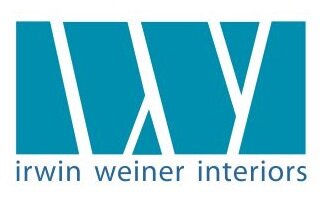Some Simple Do's and Don'ts of Interior Design

Jay Johnson - I think we don't talk enough about the need for interior design students to learn how to develop good client relationships. And that includes maintaining good vibes with your client even when their decorating project has been completed.
First, let's look at what not to say. Click here to read my latest Williams-Sonoma Designer Marketplace article, 7 Little Dirty Words You Should Never Say to a Client, and you'll get a good idea of what can really screw up a relationship. (But a quick sidebar to the article: sometimes you can say one of these no-no's, fully realizing that it might press a button you intended to push in order to elicit a desired response.)
But, let's go to the positive side of the coin. Here are some of my rules for establishing and maintaining a good client relationship.
Be friendly and professional. The Golden Rule applies to so many things in life. No one likes to be greeted with a scowl, have questions answered in a lazy, distracted manner (worse yet, you're texting when you should be paying attention to your client!), or be subjected to a constant bombardment of venting and negativity.
Be civil. Clients always put a premium on design professionals who act cool in the face of adversity, and don't lose their civility even when the client is blowing her or his top. You're expected to be a rock, so keep all responses calm and civil, even when the atmosphere is charged with anger, blame, disappointment, or hostility.
A sense of humor comes in handy. Trot it out when you want to lighten the mood and help a client focus on the positive. You don't have to tell a joke or recite a bawdy limerick; just be witty or say something to lighten the mood when it's called for.
Authenticity is always appropriate. If you're in the habit of being honest with your client, and always telling them what's on your mind or what you think - being tactful, of course - then you'll begin to develop a closer relationship. Be yourself.
Honesty, always. Don't overcharge your clients, and don't withhold important information. Don't be a doormat and let your client walk all over you either; tell clients when you disagree with them, but gain their respect by letting them know that you'll always tell them why you like or dislike specific design decisions on their project. Tell them, "It would be dishonest of me to agree to a choice you want me to make if I don't think that choice is in the best interests of your project. I'll disagree, but then I'll tell you why your designer believes another choice would be preferable. We won't always be acting upon what I love, but I'll always give you my honest opinion. You deserve the feedback."
At the end of the day, you're a service person. You offer a high-end, high-touch, luxury service and don't ever forget it. Return all phone calls to clients promptly. Anticipate what might go wrong with a client's project, and start to troubleshoot. Communicate frequently and efficiently with the client. Don't take phone calls or answer the phone when you're in a client meeting. Always make the client your focus when you're together, and let them know that you are accessible and attentive to their needs.

